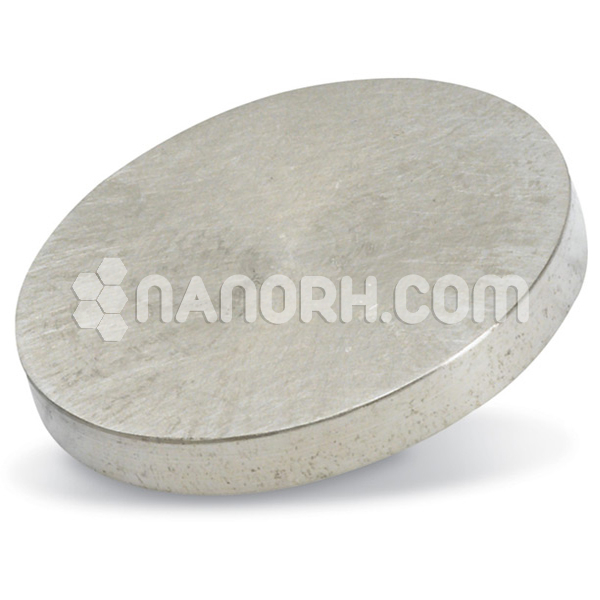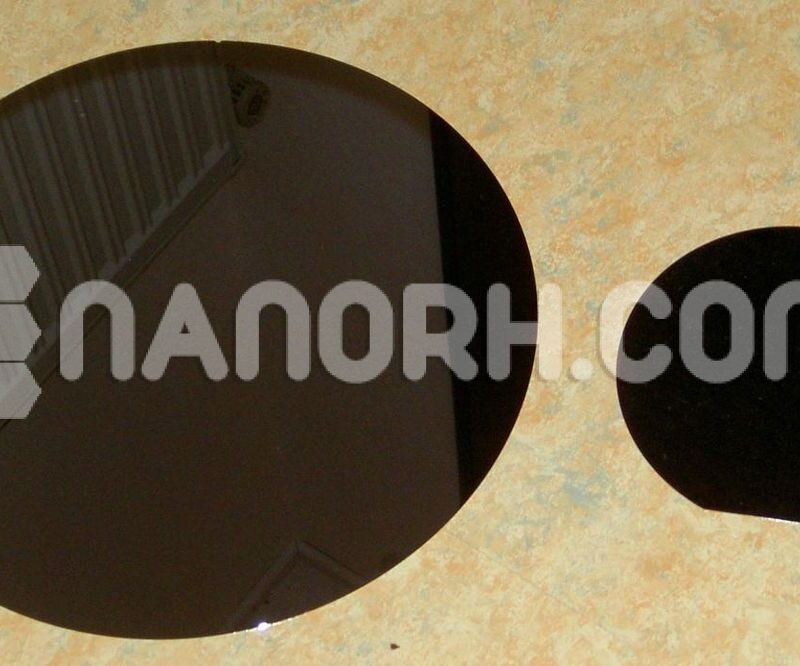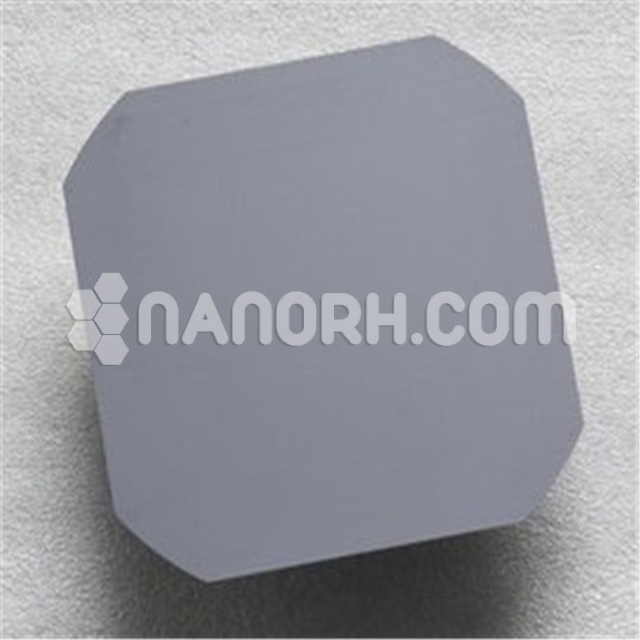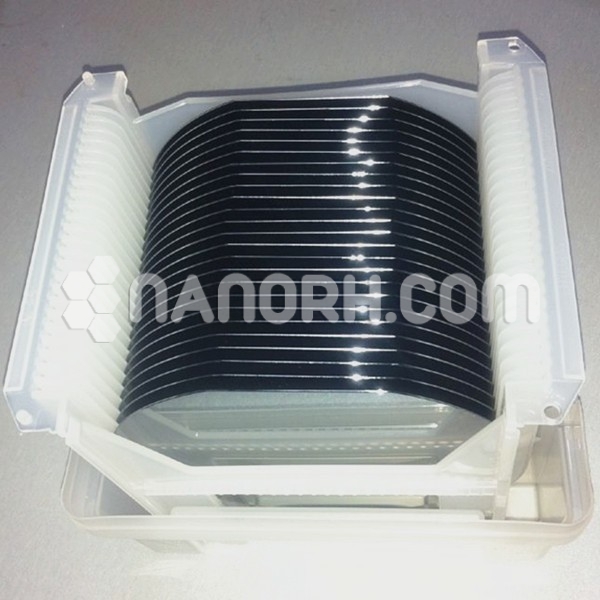| Barium Cerium Oxide Sputtering Targets | |
| Product No | NRE-43327 |
| CAS No. | 53096-50-7 |
| Formula | BaCeO3 |
| Molecular Weight | 325.44 |
| Purity | >99.9% |
| Density | NA |
| Thickness | 3 mm ± 0.5mm (can be customized) |
| Diameter | 50 mm ± 1mm (can be customized) |
| Shape | Round |
| Resistivity | NA |
| Thermal Conductivity | NA |
Barium Cerium Oxide Sputtering Targets
Barium Cerium Oxide Sputtering Targets
Barium cerium oxide (BaCeO₃) sputtering targets are used to deposit thin films of barium cerium oxide onto substrates. BaCeO₃ is a versatile material with several notable properties, making it useful in a variety of high-tech applications. Here’s an overview of its applications and benefits:
Applications of Barium Cerium Oxide (BaCeO₃) Sputtering Targets:
Solid Oxide Fuel Cells (SOFCs):
Applications: BaCeO₃ is often used as an electrolyte material in solid oxide fuel cells. It can also be used in proton-conducting fuel cells.
Advantages: BaCeO₃ has high ionic conductivity and stability at high temperatures, which is critical for efficient fuel cell operation.
Oxygen Sensors:
Applications: Thin films of BaCeO₃ are used in oxygen sensors, especially in high-temperature environments.
Advantages: Its high ionic conductivity and stability make it suitable for sensing applications where accurate and reliable measurement of oxygen levels is required.
Catalysis:
Applications: BaCeO₃ can be used as a catalyst or as a catalyst support in various chemical reactions, including environmental catalysis.
Advantages: Its ability to facilitate reactions due to its high surface area and stability enhances catalytic processes, including those used for pollution control.
High-Temperature Superconductors:
Applications: BaCeO₃ is explored in the field of high-temperature superconductors and related advanced materials.
Advantages: The material’s properties make it a candidate for further research into superconducting applications, particularly in high-temperature regimes.
Membrane Technologies:
Applications: BaCeO₃ is used in membrane technologies for separation processes, such as oxygen separation from air.
Advantages: Its ionic conductivity makes it suitable for use in membranes that operate at high temperatures and require efficient ion transport.
Electrochromic Devices:
Applications: Thin films of BaCeO₃ can be used in electrochromic devices, which change color or transparency in response to an electric field.
Advantages: The material’s optical and electronic properties are useful for developing devices that have applications in smart windows and displays.




